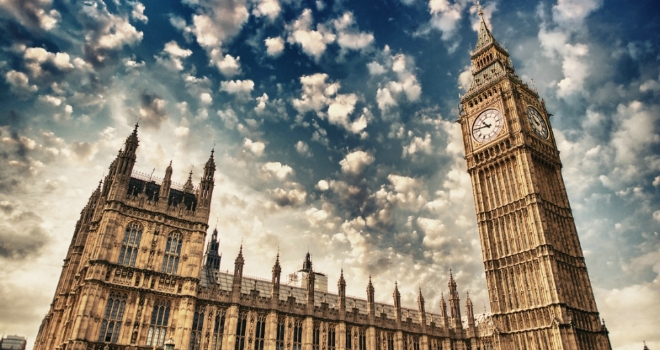
According to new analysis from London Estate Agents Stirling Ackroyd, London house prices rose by 251% and 209% during Thatcher and Blair’s time at No. 10, but Theresa May’s reign could be marred by Brexit.
The average London home cost £31,370 in 1979 when Thatcher entered Downing Street. Just 11 years later, this had soared to £110,110 – meaning a cumulative increase of 251%. This was equivalent to a 12.1% rise each year while she was PM.
But Thatcher isn’t alone in overseeing a spiralling London housing market.
Blair similarly saw the average property in the capital go from £108,620 in 1997, to £335,040 ten years later – granting him second place behind the Iron Lady. House price growth averaged 11.9% during his premiership between 1997 and 2007.
Andrew Bridges, managing director of Stirling Ackroyd, comments, “With great power comes great responsibility but there’s one thing the PM can’t control – London house prices.
Under Thatcher’s tenure, the property market was turned on its head – seeing dramatic house price growth in London. There’s always talk of spiralling house price growth in the Capital but compared to the 1980s, the rate of growth is lagging behind.
Even the boom years under Blair couldn’t keep up with this pace of growth. Under New Labour London’s property market reached new heights, and became a global competitor. As demand soared, so did prices. Places like Shoreditch became solid investments and a buy-to-let surge started, with those properties snapped up still returning a profit today.”
Recession Bites
For recession PMs though it’s been a very different story. House prices dropped cumulatively -1.4% between Thatcher and the end of Major’s premiership. In 1991, the average London home cost £110,110, dropping to £108,620 at the time Major left office – but economic downturn prevented buyers from taking advantage.
Likewise Gordon Brown, who inherited a sharp global recession, also experienced negative house price growth during his time as PM. When he entered office in 2007, £335,040 secured a London home. By 2010, property had become more affordable, but to the tune of £332,720.
Cameron's reign sees London become one of the world's most expensive cities
Cameron’s tenure in the corridors of power has seen the price of a London home cumulatively increase by 53%, as London property became a safe-haven for international investors. In 2010, buyers were paying out £332,720 for the average London property but this has since climbed to £507,880 in 2016.
Andrew Bridges concludes, “Buyers in London have paid the price under Cameron’s leadership. House prices started rising swiftly again and despite a return to strong economic growth, affordability has become the number one issue for Londoners. Once again the supply of homes could not keep up with demand and economic growth.
If the pattern developing over the last 38 years is anything to go by, Theresa May could face a static London property market. The City’s property sphere has been pushed to its limits with new legislation and political events in the last. But there’s a new advantage – London’s property market is more resilient – and probably the safest real estate investment globally. The comparisons of May and Thatcher have already begun – but London’s property market can be tamed by no one.”





